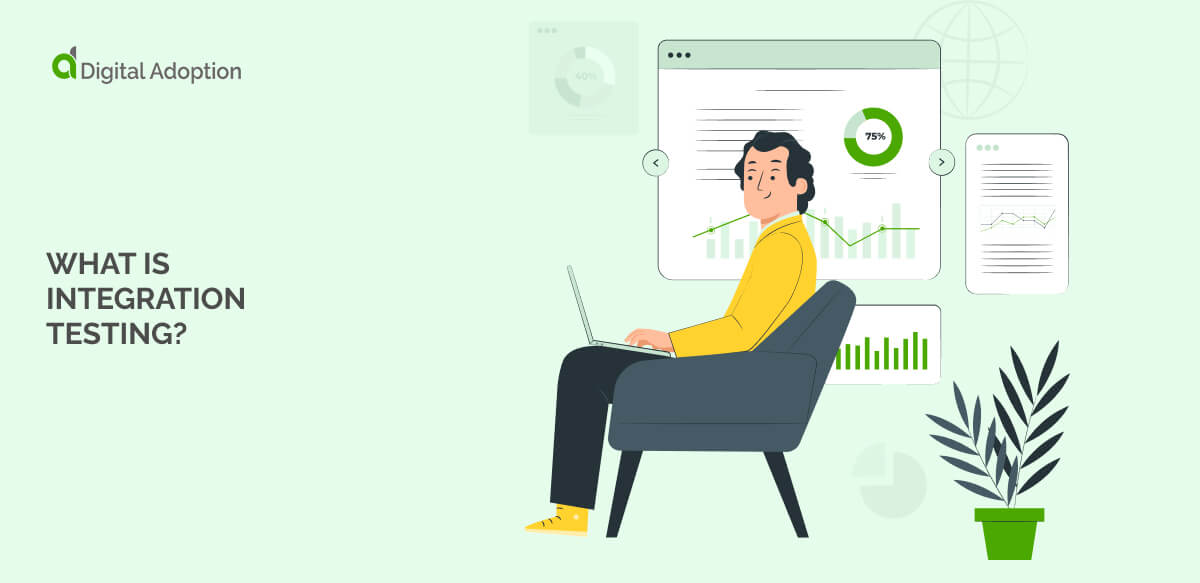Integration testing use cases
With rising digital adoption, integration testing is needed to ensure that newly implemented tools, systems, and technologies work effectively with existing infrastructure.
As businesses strive for IT resilience and digital maturity, these tests verify that data flows correctly between systems, that new features operate as intended, and that the digital environment functions without disruptions.
Let’s explore some industry use cases where integration testing reinforces software reliability.
IT & cybersecurity
Scenario: A company introduces a new AI-powered cybersecurity solution that must integrate with its existing network monitoring tools and threat detection systems.
Method: Integration testing ensures the new solution communicates properly with the company’s firewalls, intrusion detection systems, and internal databases. The tests simulate real-world security threats to verify that the AI tool can detect and respond to vulnerabilities.
Outcome: The successful integration confirms that the new AI tool strengthens the company’s cybersecurity posture without causing conflicts or gaps in existing security measures, thus providing robust protection across digital platforms.
Digital media services
Scenario: A streaming service adds a new user recommendation engine to improve personalization and engagement.
Method: Integration testing ensures the recommendation engine works with user databases, viewing history logs, and content management systems. The tests check if the engine pulls accurate data and delivers personalized content recommendations in real-time.
Outcome: The testing ensures the recommendation engine provides relevant suggestions without affecting system performance, leading to higher user engagement and satisfaction in the digital environment.
Pharmaceuticals
Scenario: A pharmaceutical company transitions to a digital clinical trial management platform that connects trial sites, researchers, and regulatory bodies.
Method: Integration testing verifies data synchronization between the new platform and various systems used by trial sites, labs, and the company’s internal databases. It checks if data is transferred accurately and securely for compliance purposes.
Outcome: The integration ensures smooth data flow across platforms, reducing the risk of data discrepancies and improving regulatory reporting for digital trials. This adoption enhances the company’s ability to manage clinical trials more efficiently and meet stringent compliance standards.

